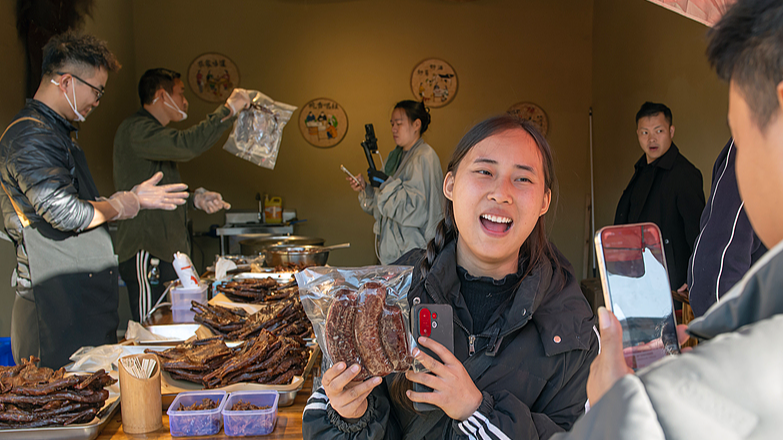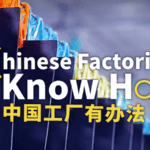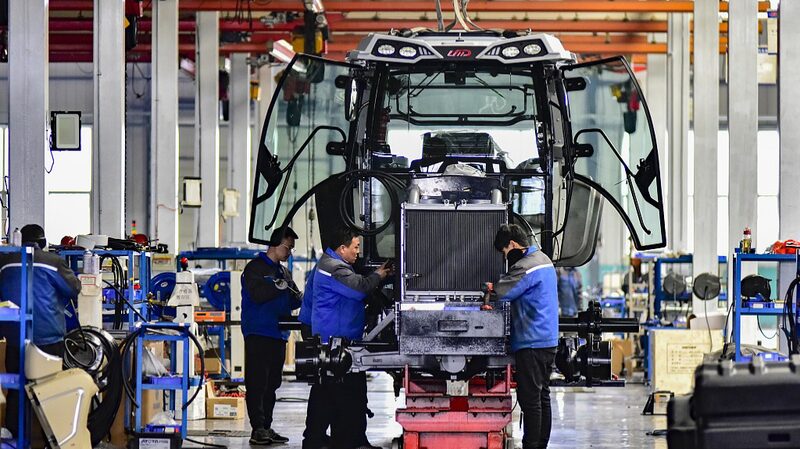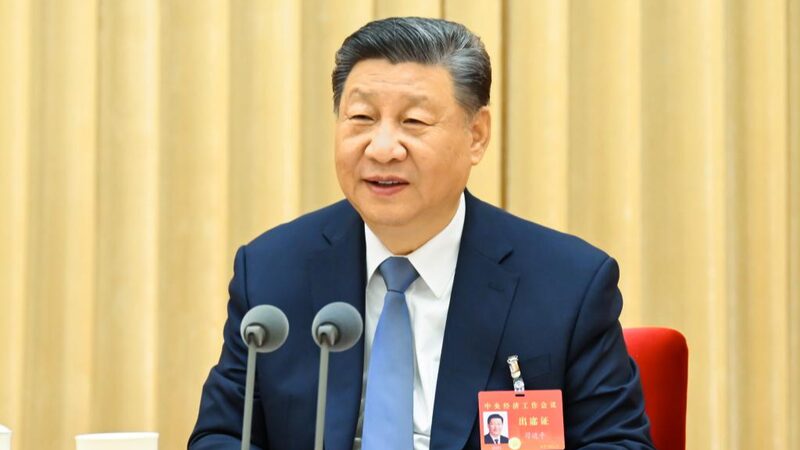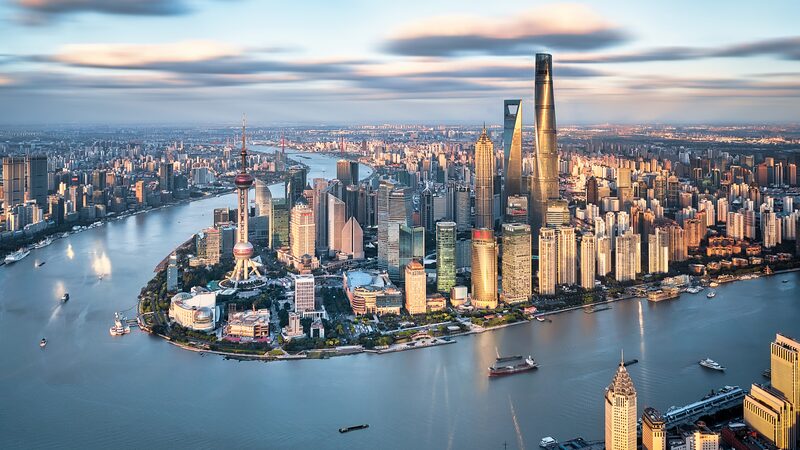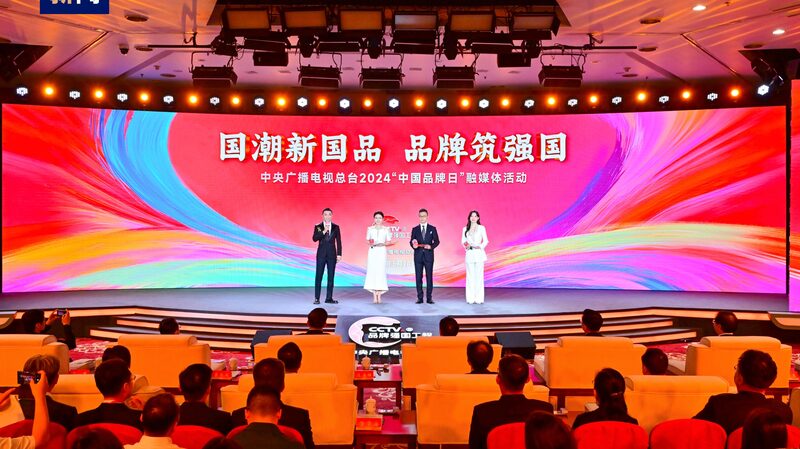China's economic strategy is undergoing a fundamental transformation in 2025, with Commerce Minister Wang Wentao's concept of the "Chinese People's Economy" reshaping global business engagement. This approach prioritizes Gross National Income (GNI) over traditional GDP metrics, counting overseas earnings from over 50,000 enterprises operating across 190 countries.
From Factories to Global Ecosystems
The "China+N" strategy is driving this transformation, enabling companies like Pop Mart and Haidilao to establish international brand presence while maintaining domestic manufacturing hubs. Unlike previous export-focused models, businesses now build complete industrial ecosystems abroad through localized adaptations of products and services.
Policy Infrastructure & Global Integration
New bilateral investment treaties and upgraded financial services support this expansion. Cross-border tax coordination and enhanced consular protections help enterprises navigate complex markets. Overseas Chinese communities play vital roles as cultural intermediaries, building on their historical contribution of 60% of foreign investment between 1979-2017.
Corporate Evolution & Challenges
Companies like Luckin Coffee demonstrate successful localization strategies, balancing Chinese operational efficiency with regional customization. However, protectionist trends and geopolitical tensions require advanced risk management systems. Forward-thinking firms now prioritize value co-creation through local job generation and technology transfers.
Redefining Globalization
With outward investments surpassing $3 trillion, China's model emphasizes sustainable value chains connecting domestic innovation to global markets. As these efforts mature in 2025, their success will depend on regulatory agility and genuine market integration – positioning Chinese enterprises as architects of next-generation globalization.
Reference(s):
The "Chinese People's Economy" goes global: From policy to practice
cgtn.com
